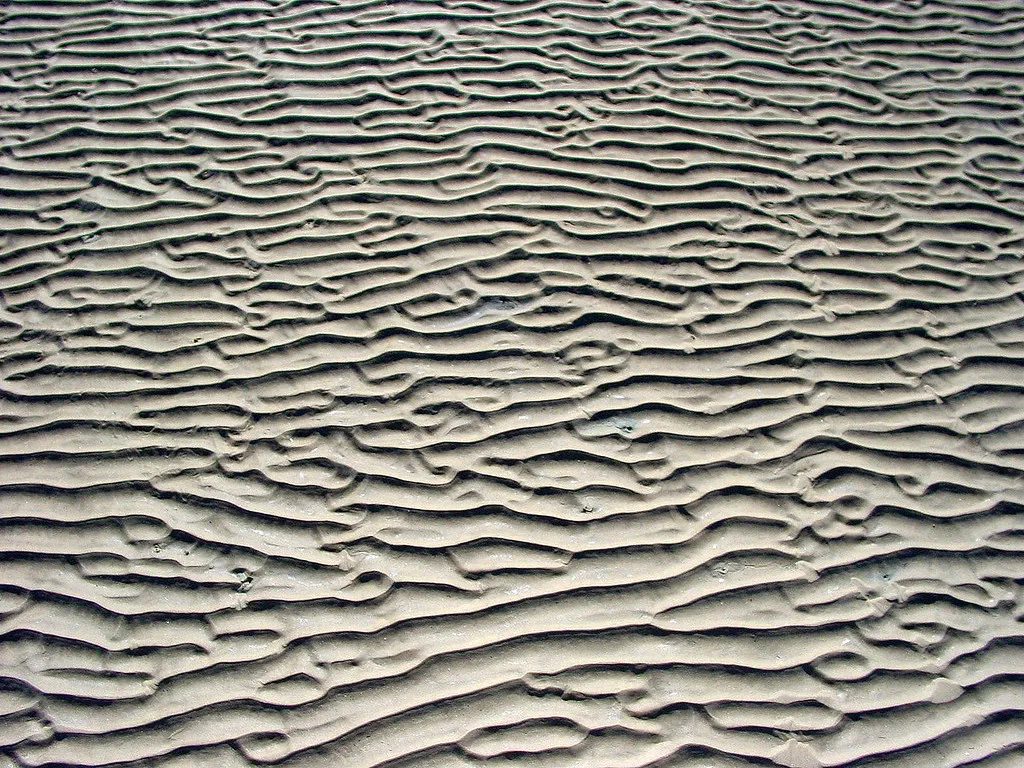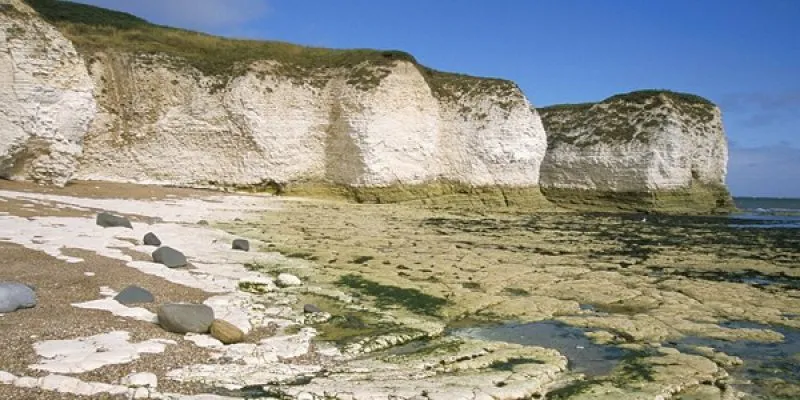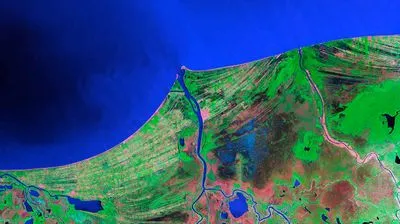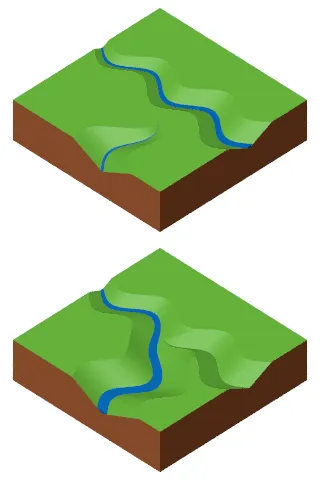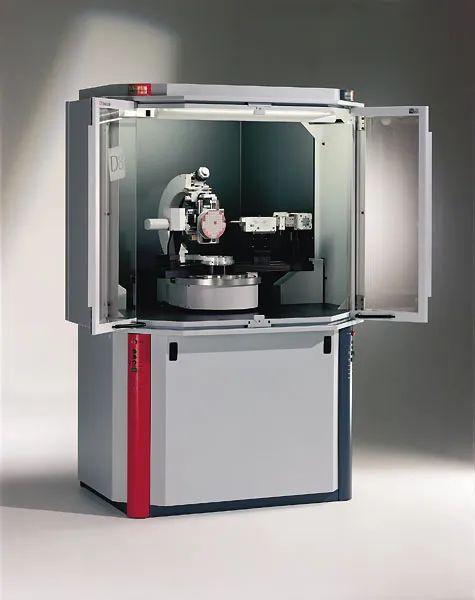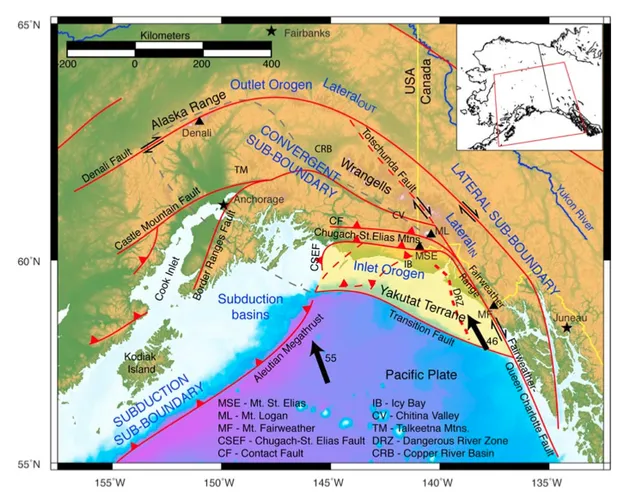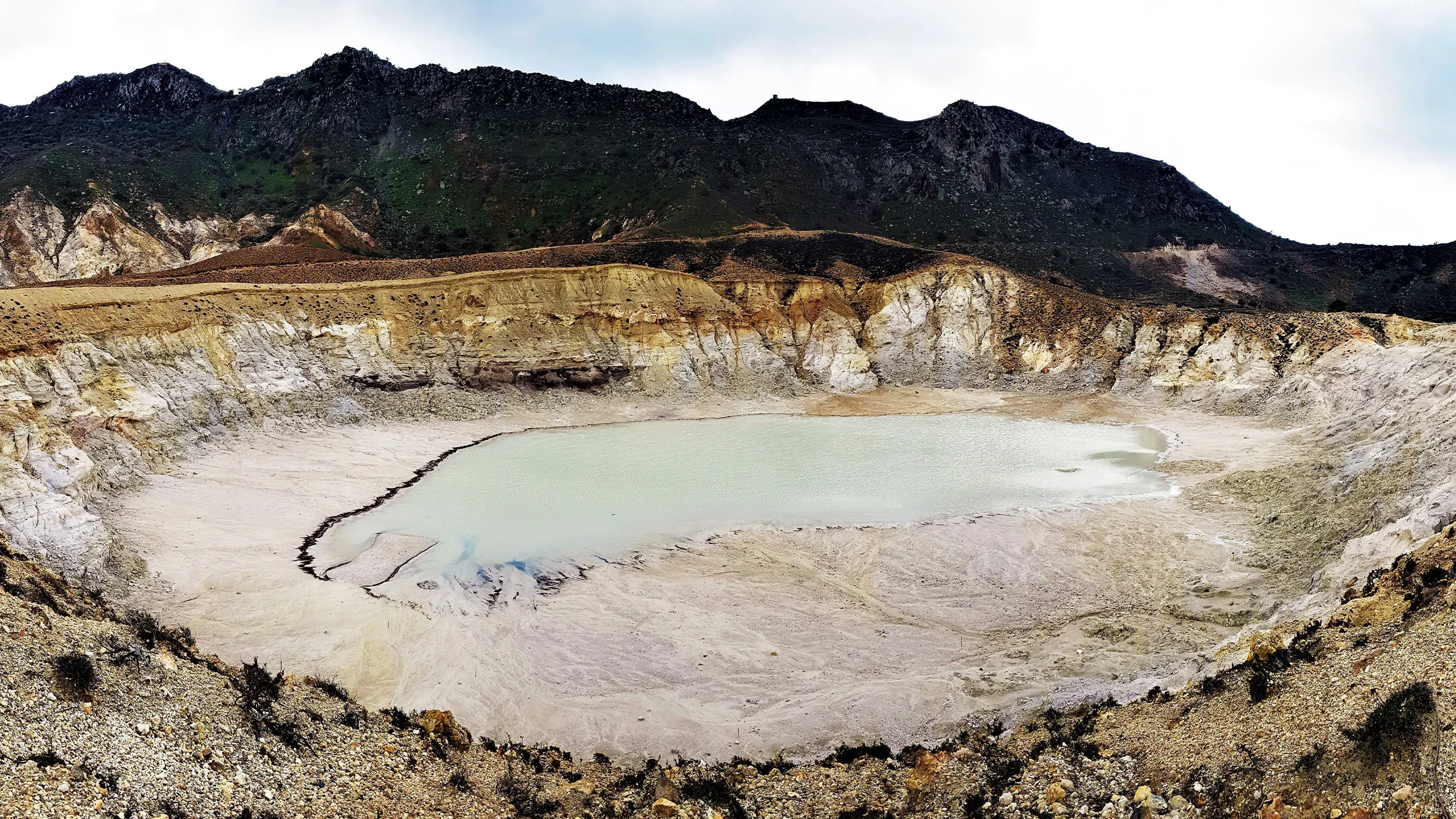Wave ripples are small, symmetrical ridges and troughs formed on the surface of sedimentary deposits by the action of oscillatory waves. These ripples are significant in sedimentology for understanding the energy conditions of depositional environments, the direction of wave movement, and the interpretation of ancient marine and lacustrine settings.
Reference: Reineck, H.-E., & Singh, I. B. (1980). “Depositional Sedimentary Environments.” Springer-Verlag.

